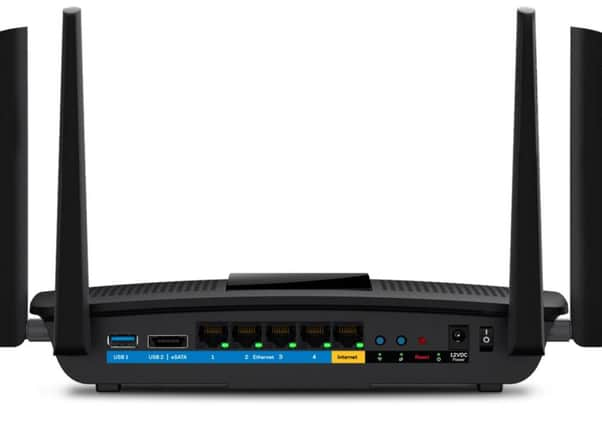Get off my cloud - here's how to have your own


Cloud storage has been a computing buzzword for a couple of years now, and people have embraced the notion of keeping pictures, videos, music and much else in a central place, rather than on a single PC.
The advantages are obvious: everything is available on all your devices, without the need to juggle them on a USB stick; and they’re secure, so long as we continue to trust the big data firms not to peek into our files.
Advertisement
Hide AdAdvertisement
Hide AdBut there’s a downside, too: renting cloud space is expensive if you exceed your free limit. And if you plan to stream video you’ve stored on a cloud, you need a very fast internet connection to prevent it buffering.
Yet you don’t need to rely on Google, Dropbox or anyone else for virtual storage: you can have a cloud of your own.
Despite appearances, a cloud is not in the sky at all - it’s a network of giant hard disks installed in a warehouse somewhere. When you store a file on one, you’re simply renting disk space from the owner.
However, it’s often more convenient, and even cheaper, to place a hard disk of your own in a central place on your personal network. You get exactly the same functionality, but with faster transfer speeds and potentially unlimited space.
Advertisement
Hide AdAdvertisement
Hide AdHard disks used in this way are known as Network Attached Storage, or NAS, devices. Portable disks, about the size of a pack of cigarettes, cost less than £50 for a terabyte’s worth of storage. That’s about 17,000 hours of music, 300,000 photos or 1,000 hours of video - but if it’s still not enough, you can add more.
If your broadband router has a USB port, you can attach your NAS device simply by plugging it in. The router then makes its content available to any device connected to your wi-fi network. Some top-end models come with hard disks of up to 3TB built in, so you need add nothing at all.
You can also use a cheap mini-computer like the £30 Raspberry Pi as a standalone NAS server: just install software and leave it plugged in, in a quiet corner of the house.
Dedicated NAS hardware - consisting of an enclosure into which you insert one or more disks - is also available. These come with server software and connect into your network in the same way as a regular PC - but you have an old PC going spare, you can pop in a new disk and use it in exactly the same way. Once installed, you can leave it running, in the loft if need be, with no need for a screen or keyboard.
Advertisement
Hide AdAdvertisement
Hide AdWhichever solution you use, you’ll be able to “serve” files so they show up in Windows Explorer on your laptop, and stream them for access to music, pictures and videos on any PC, tablet or internet-enabled set-top box, just by searching for a title or artist. You can also turn on or off remote access to get at files when you’re away from home.
It doesn’t take a Met Office forecaster to predict a cloudy outlook for us all.